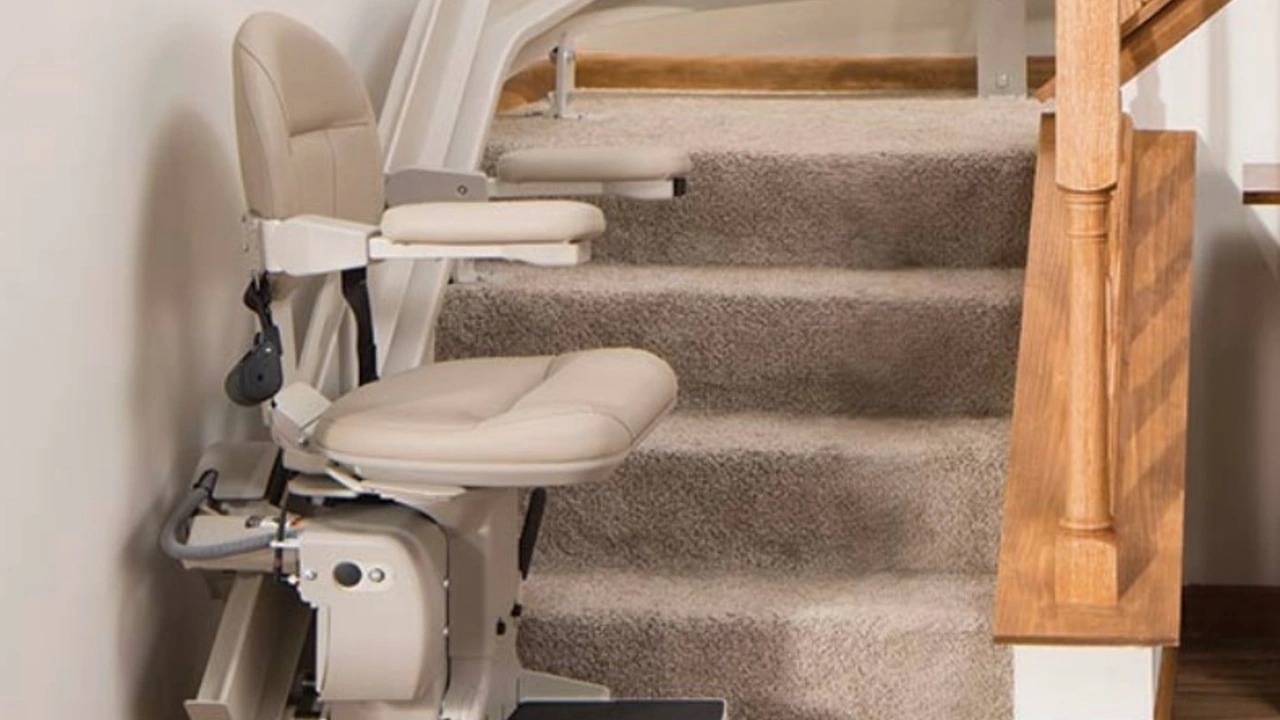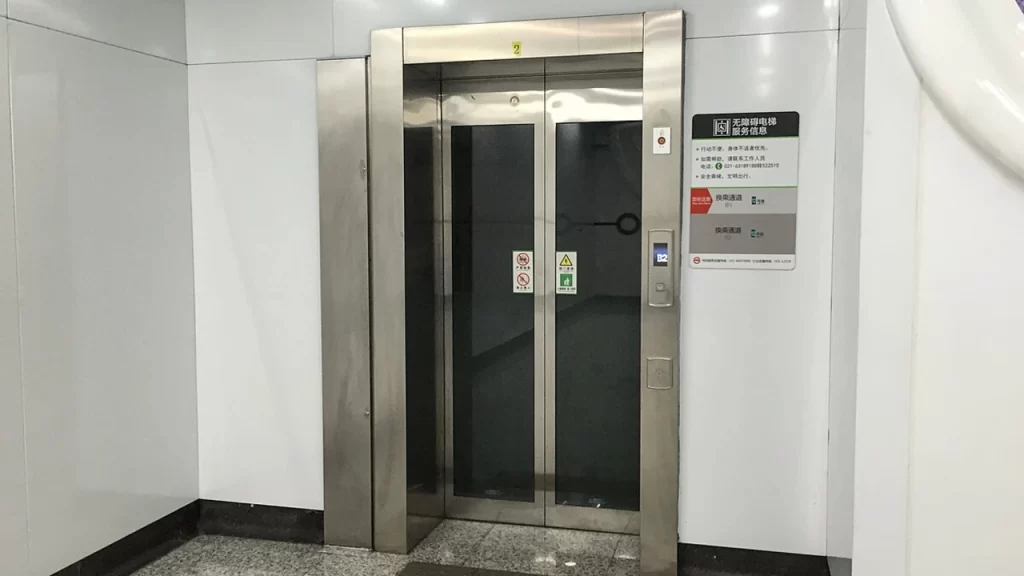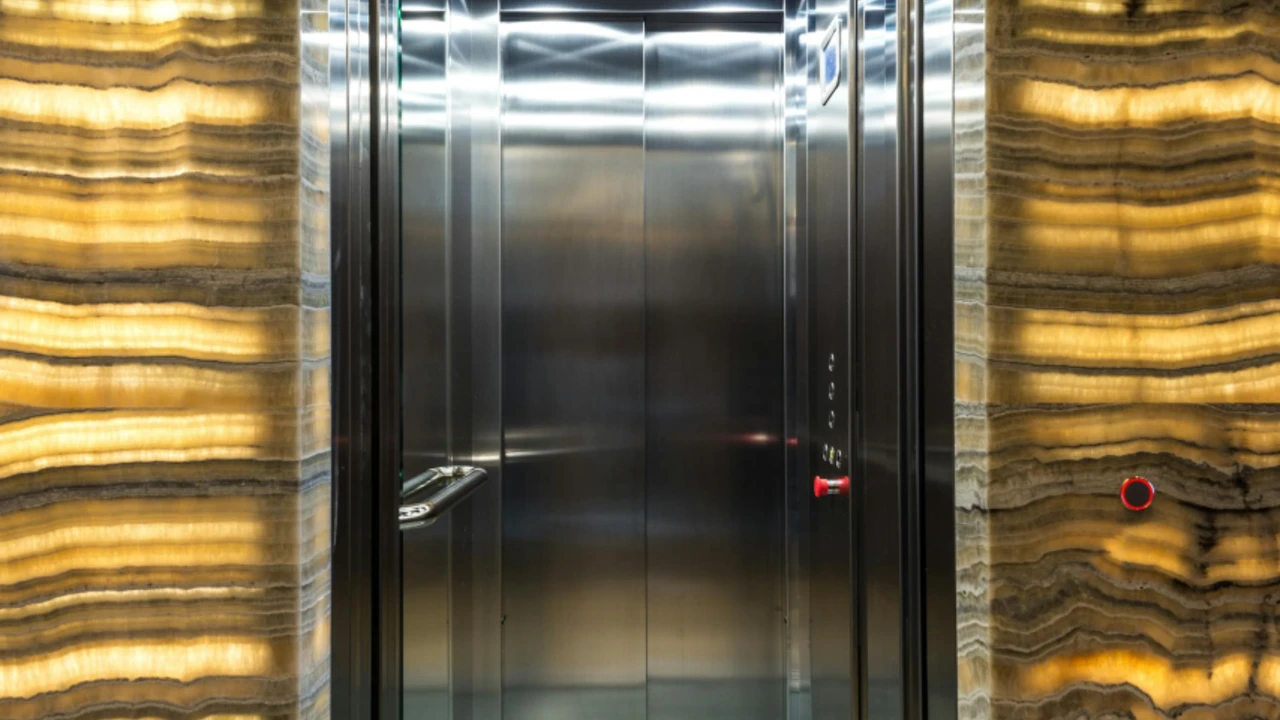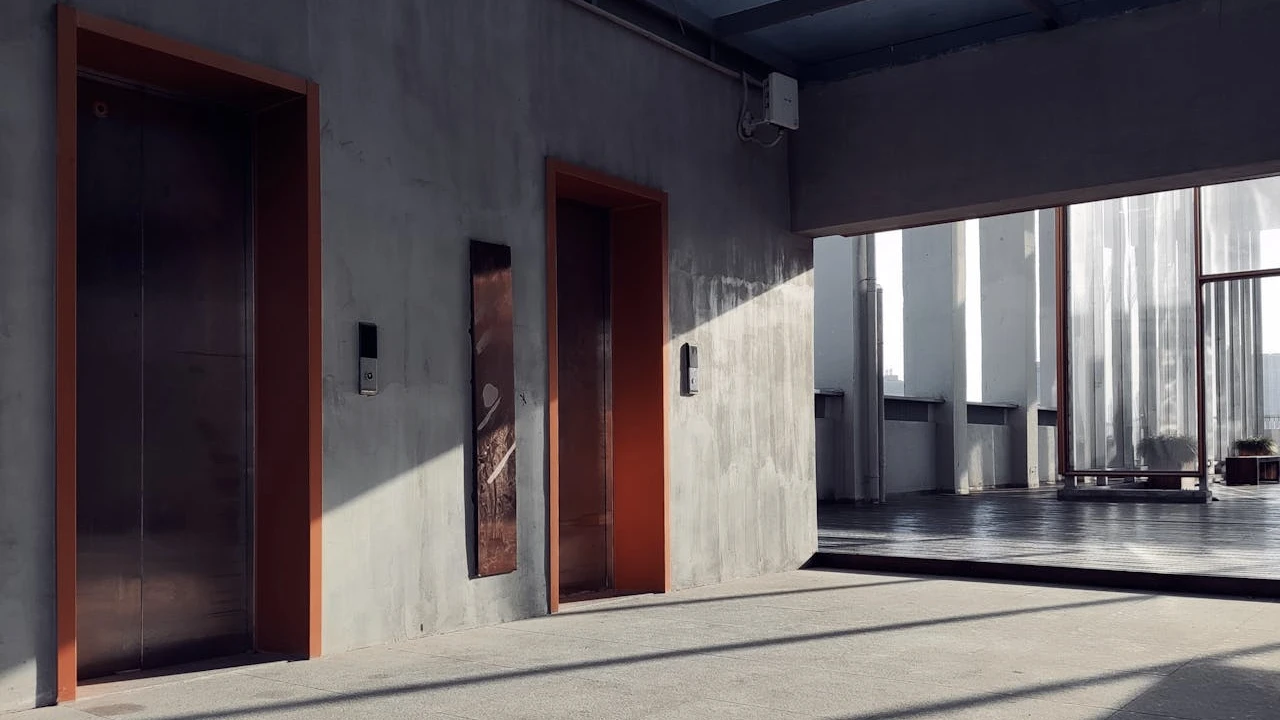Mobility challenges can lower the quality of life in seniors and individuals with physical limitations. Installing a stair chair lift price in india the house is one of the most possible and cost-effective solutions for such problems. However, before you make your investment, knowing the stair chair lift price in India becomes very important.
This best piece would discuss everything regarding the stair chair lift price in India, its various factors, types of lifts available in the country, and a comparison against other accessibility solutions.
What Is a Stair Chair Lift?
A stair chair lift price in India is a kind of motorized seat that is made available on rail tracks installed outside a staircase to help persons move up and down. It removes the need to ascend a flight of stairs, therefore eliminating the associated risk of falls and encouraging freedom at home.
The stair chair lift price in India differs owing to staircase type, features, complexity of installation and, most importantly, the brand. This guide shall furnish the consumer with information as to what decision to make at the end straw to up-grade a commercial building or modify such a living space.
Types of Stair Chair Lifts
One should also know the different available types of stair lifts while searching for the stair chair lift price in India. They include:
1. Straight Stair Chair Lifts
These are for staircases which are straight. Such ones are the cheapest and their stair chair lift price in India is usually starting at rupees XYZ. They’ll finish installation in a single day.
2. Curved Stair Chair Lifts
To cater for turns or spiral stairs, curved stair lifts require custom tracks. The stair chair lift price in India for such models is high, very often starting from rupees XYZ depending on complexity.
3. Outdoor Stair Chair Lifts
Made weatherproof for outdoor steps, it has excellent durability, but the stair chair lift price in India is usually higher because of added safety features and materials.
Factors Affecting the Stair Chair Lift Price in India
Though many factors are considered possible final determinants of the stair chair lift price in India, these follow closely behind:
1. Staircase Design
The shape, length and material of your staircase can make a huge impact on price. Customization is much more expensive for curved and multi-landing staircases.
2. Features & Technologies
Evidence for raising stair chair lift price in India proves the poster of advanced features such as remote control, folding rails and backup batteries, or powered swivel seats.
3. Load Capacity
Heavy-duty bariatric models cost even more because they utilize stronger and upgraded components.
4. Brand & Warranty
Most of the time, well-recognized brands with good service networks will charge more but usually offer a longer warranty and thus better safety.
5. Installation Charges
Installed costs differ across regions depending on complexity. Where structural modification is necessary for the stair chair lift price in India, it will be according to that also.
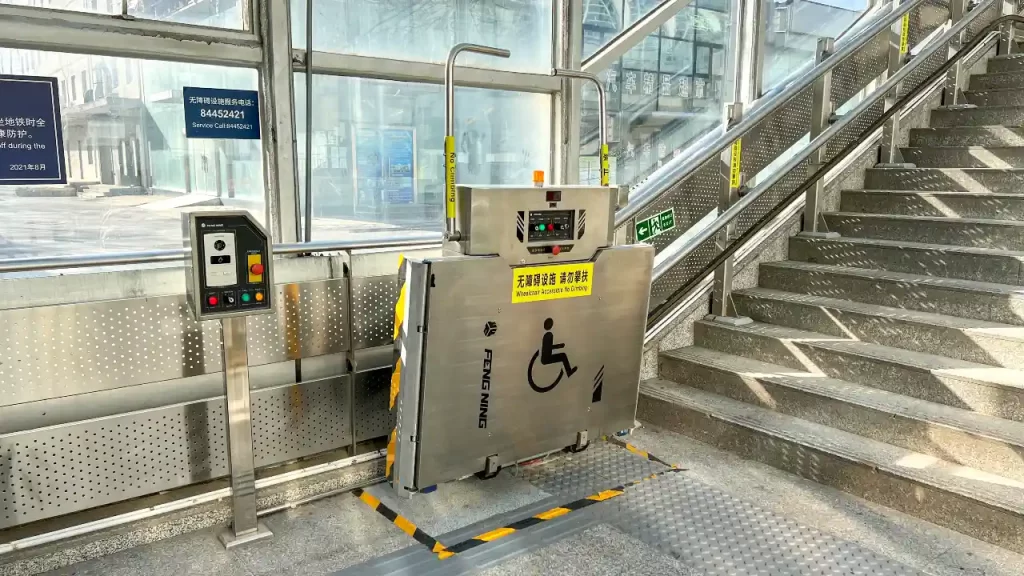
Maintenance and After-Sales Support
Maintenance, first and foremost, plays a role in the pricing of stair chair lift price in India. Regular service will prolong your chair’s life while ensuring safe operation. Most manufacturers will extend a maintenance agreement to include servicing on an annual basis, battery replacement, and safety testing.
- Always inquire about:
- AMC (Annual Maintenance Contract) options
- Warranty details (usually 1-3 years)
- Spare parts charge and service charge
Stair Chair Lift Worth It?
It surely is. Even though the stair chair lift price in India seems expensive at first glance, the price is just a mere one-time investment that has tons of long-term advantages:
- Ensures safe and independent mobility
- Enhances the value and accessibility of the home
- Promotes injury-free stairway life
- Facilitates aging-in-place
Many homeowners do find the cost worth it, especially against the prospect of shifting homes or putting in an elaborating plan to get rid of staircases.
Comparing Alternatives
If you are weighing other options, here is how a stair chair lift measures up:
Best Residential Elevators in India
While the best residential elevators in India provide grand living and transport for many people, they demand much larger investments and space. Stair-lifts, in comparison, are cheaper for a single-user mobility function.
Commercial Elevator Service
An important service to have in large buildings and businesses. As stair lifts are not advisable in high-traffic commercial elevator service settings, elevators are the best solution for such premises, albeit at a much higher cost.
Passenger Lifts
Passenger Lifts are of great use to people, since they run with the accepted safety standard. And while offering higher capacity, the cost of a stair chair lift price in India is much lighter in comparison for personal use.
Hydraulic Elevator
Hydraulic elevator systems are another elevator system utilized in low-rise applications. They enjoy quiet and smoother operation but cost a lot more during installation and maintenance than a stairlift.
Dumbwaiter Lift
Unlike stair chair lifts, a dumbwaiter lift is for transporting things like food, laundry sheets, or documents from one floor to another. These lifts are not intended for human transportation but serve a completely different purpose and also priced differently from stair chair lifts.
Where to Buy Stair Chair Lifts in India
There would be so many trustworthy companies and online shopping sites that provide you with stair lifts. When considering stair chair lift price in India, bear in mind:
- Brand reputation
- Installation support
- Maintenance services
- Customer reviews
Authorized dealers will provide site inspection and after-sales service as well as customization according to your staircase design.
How to Choose the Right Stair Lift
When checking for stair chair lift price in India, the numbers aren’t the only thing to consider. Also factor in:
- Safety certifications
- Custom-fit home
- Emergency features
- Aesthetic match with interiors
A free home survey is recommended in order to get a more realistic quotation and eliminate any concerns about hidden charges.
Stair Chair Lift Price in India versus those of Other Countries
While imported models offer advanced features, they are often expensive and come with limited service support. In contrast, chair lift installation using locally manufactured units in India is more cost-effective and better suited to the typical staircase dimensions and construction styles found in Indian homes.
Finance and Subsidization
Most of the stair lift manufacturers provide EMI options or tie-ups with financing institutions. In some cases, there could even be some NGOs or government schemes providing subsidies for the elderly and disabled, further reducing the stair chair lift price in India.
Conclusions
All other factors will define stair chair lift price in India; staircase layout and lift type to features and installation complexities. As a general picture, the pricing can start from price XYZ for straight stairs, while curved or outdoor models will definitely cost more.
It is the most cost-effective and user-friendly mode for individual mobility among a range of alternatives from Passenger Lifts, hydraulic elevators, or even the best residential elevators in India.
Whether you’re enhancing accessibility in a small building or making your home more elderly-friendly, the stair chair lift price in India offers great value for the safety and independence it provides. At the same time, understanding the industrial freight elevator cost is crucial for larger facilities needing reliable vertical transport solutions.
FAQs
How much does a chairlift for stairs cost?
The stair chairlift price in India varies with the kind of staircase-straight, curved, or outdoor-where the lift installation is to take place & its incorporated features. Straight lifts extraction begins at rupee XYZ for basic lifts, while custom models for curved tracks are higher priced. Remote controls, power swivel seats, and folding rails would increase the overall price. Nevertheless, compared to installing a complete elevator, stair chair lift price in India are relatively reasonable and affordable to increase mobility inside the house.
What is the lift cost in India?
The cost of installing a lift can vary widely in India depending on whether it is residential or commercial, the number of floors, and how it operates. An elevator can run into very high costs, often starting from several lakhs. In contrast, however, the stair chair lift price in India is budget-friendly for homes that need to accommodate the mobility needs of family members. It is a neat and highly effective way of getting around for an individual, especially those with advanced years or differently abled persons needing a little help in getting around and not having room and/or money for a conventional elevator.
Are there alternatives to stairlifts?
Stair lifts have alternatives, which include vertical platform lifts, home elevators, and even hydraulic elevator systems. However, they tend to be space hogs and costly. Affordable and completely non-invasive, stair chair lift price in India makes stair lifts the most feasible option for homeowners. Other possibilities include portable stair climbers and personal assistance, but they offer neither the convenience nor the safety of having a dedicated stair chair lift. Stair lifts are what make up the common ground between function and affordability for most homes
What is the lifetime of a stair lift?
A good stair lift should last anywhere between 10 to 15 years when maintained properly; on occasion, they even last longer. Regular servicing, battery checks of the stair lift, along parts replacement help them to live longer. The stair chair lift price in India is largely reasonable in the long run for the benefits of the future. Most models come with a warranty and after-sales service plans as well to add durability to their actions. Such an investment is quite smart regarding accessibility to homes because it serves for years regardless of daily or only specific uses.
Which lift is best for the home?
Finally, home lifts can be chosen based on the space, requirements, and budget of the intended users. Passenger Lifts or Best residential elevators in India might be the best option for multistory buildings or families having many users. On the other hand, for sole mobility are particularly suitable for the elderly stair chair lift price in India renders stair lifts a first choice. It takes a limited amount of structural change, requires a short time to install, and costs much less than full elevators. The fact that they save space and are relatively easy to use makes these mechanization modes best suited for typical Indian homes with narrow staircases.

